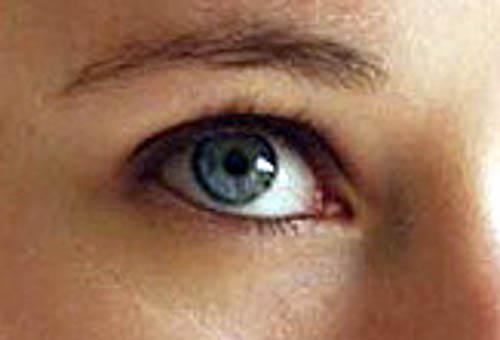An American friend living in the North of England told me of a visit he had from a twenty-year-old niece. He was dying to show her the beauty of Britain, so he and his wife drove her all through the Lake District. When they reached Grasmere, the exasperated young woman turned to them and said, ‘Y’all listen here, now. Can’t y’all get it into your dumb heads – ah don’t do scenery!’
It seems that shopping malls were what she ‘did’, and there weren’t a lot of those in Grasmere.
I’d like to think that that young woman may some day do more than that. Maybe her eyes will be opened, and she will grow, as William Blake put it, ‘to see a world in a grain of sand, and a heaven in a wild flower.’
Many of us, however, are like that young woman. Yet we were not always so. As small children we marvelled at everything. But somehow our eyes clouded over, lost their focus, and we no longer see the things we once saw. They are still marvellous, but we fail to marvel.
If we can learn once more to see what is around us, to have the Joy of Looking, all sorts of amazing things start to happen to us. We begin again to experience wonder, awe, and the serenity that that these bring to us even in the midst of the chaos and awfulness that surround us everywhere in the world. Viktor Frankl, the Jewish psychologist imprisoned at Auschwitz, describes the saving grace of the few tiny glimpses of nature they managed to get in that hellhole – a little bird perched on a nearby twig; a sunset seen through a barbed-wire fence. The cover of Frankl’s book, Man’s Search for Meaning, shows a strand of barbed wire in close up. On that wire perches a tiny finch.
But first we must learn to look and really see. To gaze instead of glance. And all I’ll try to do is call your attention to the things we can see around us if we only really look – in the sky; in the sea; in the fields and hedgerows; especially at the edge of things – in the dawn where night meets day; in the twilight where day meets night; in the swerve of shore and bend of bay where land meet ocean; in the mountain tops where sky meets earth; in the hedgerows where field meets tree; in the spring where winter meets summer; in the autumn where summer meets winter; in the clear night sky where we meet the universe. If we can just learn to see these things once more, the wonder and the awe will take care of themselves. Many years ago that great American conservationist Rachel Carson put it succinctly: ‘For most of us, knowledge of our world comes largely through sight, yet we look about with such unseeing eyes that we are partially blind. One way to open your eyes to unnoticed beauty is to ask yourself, “What if I had never seen this before? What if I knew I would never see it again?”
